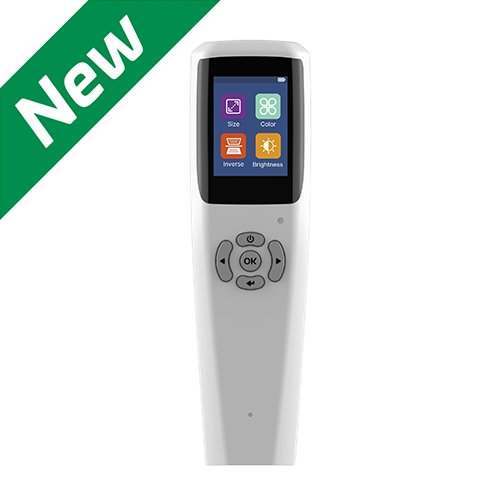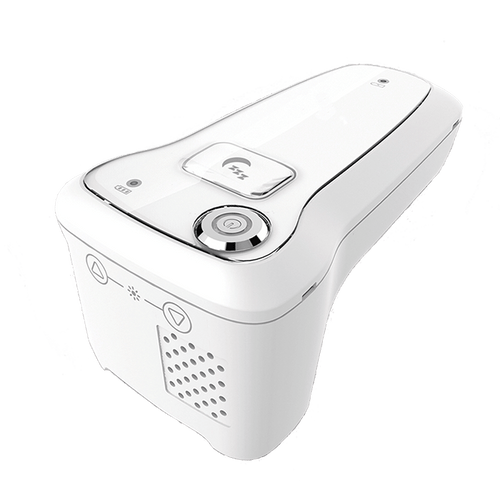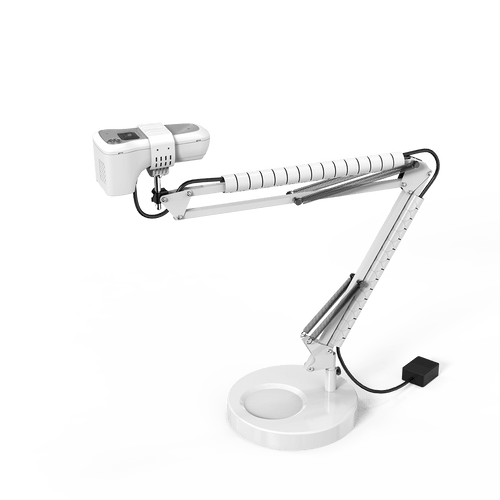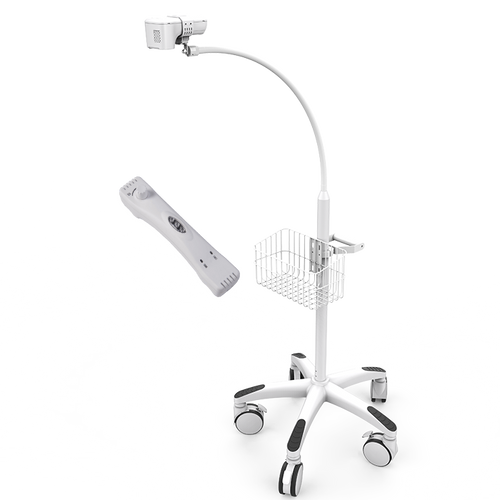17+ Tips & Tricks How To Hit a Vein Every Time
There's nothing worse than having to prick your patient multiple times before you hit. Not only are you causing them additional pain, but they also become less trusting of you.
Don't worry; hitting a vein is not always as easy as people make it out to be. Hitting a vein differs depending on the person you are working with. Fortunately, there are some things you can do to increase your chances of hitting a vein.
In this post, I will go over tips and tricks you can use to help you hit a vein on the first try.
1.Use a Tourniquet
Whether you forgot or you are in a rush, you should never forget to use a tourniquet.
A tourniquet will help make the veins more prominent. This will make it easier for you to hit a vein.
Tourniquets are also important because they will make the blood drawing process faster.
Finally, tourniquets also help prevent blood from squirting out when you remove the needle. Since the tourniquets are restricting blood flow, less is able to get out; it's easier to sop the blood flow.
You must use proper tourniquet practices to keep your clients safe. Don't tighten tourniquets too hard, and they should also not be left on for extended periods after drawing blood.
2.Use Gravity
A simple yet effective way to make veins more prominent is to use gravity to your advantage.
After applying the tourniquet to just above where you will be drawing blood, you can use gravity.
Start by letting your patient's arm hang towards the floor. The gravity and the tourniquet will work together.
The tourniquet will restrict the blood flow, and gravity will pull more blood towards those veins. The result is veins that are easier to see and hit.
3.Place a hot rag over the area.
You can also try placing a hot rag or cloth over the area where you will try and draw blood. This method is effective where veins are close to the surface.
A warm cloth will allow the veins to dilate. When veins dilate, they expand, making them easier to see. This will make it easier for you to insert the needle into the vein.
4.Stay Hydrated
Staying hydrated will make it easier to find your veins. When you are hydrated, your veins will remain dilated and easier to see.
On the other hand, if you are dehydrated, your veins tend to constrict and are harder to find.
Another downside of being dehydrated is that it can invalidate your results and cause a bad reading.
To ensure that you are properly hydrated, you should ensure that you drink enough fluids the day before and the day of your blood withdrawal.
You want to drink around 64 ounces the day before and 16 ounces the day of.
5.Have The Patient Open and Close Their Hand
Standard practice when trying to find a vein includes opening and closing your hand several times.
By opening and closing the hand several times, you will increase the blood flow through your arm.
This method works whether you are drawing blood from the hand, forearm, or antecubital fossa.
This method is more effective if you combine it with a tourniquet. The constriction combined with the increase in blood pressure will make your veins dilate.
When the vein is dilated, it will make it easy to insert the needle into your vein.
6.Palpate The Vein With Your Fingers
Another method that you can use to increase your chances of hitting the vein on the first time is using your touch.
Sometimes our eyes can deceive us. By feeling around on the arm, it is easier to feel for than to see on.
A vein will feel like a soft, round, spongy substance just underneath the skin.
To make this method more effective, you should use a tourniquet and have the patient open and close their hand.
The more dilated the veins are, the easier it will be to feel them.
You can palpate the veins on the forearm, hand, or antecubital fossa. For men, it's typically much easier to find veins on the forearms and hands. In contrast, for females, it might be better to use the antecubital fossa.
7.Ask Your Patient
Patients should know their bodies better than anyone else. If you are going to draw blood or inject a needle, you should ask the patient first where they usually receive the needle.
In most cases, there is a reason that the medical professional choose that particular area before. It's also worth asking if they want to get the needle in the same location. There is a chance that they might not want it in the same location.
Asking your patient for their past experiences is a great way to find the best location for those times when you can't seem to find a vein.
Asking a patient will also keep them calm and make them feel valued since you asked them for their preference.
8.Choose Your Needle Guage Wisely
You should always choose the size of your needle gauge wisely.
When choosing your gauge, you should consider your patient's experience as well as the procedure.
Typically smaller gauges such as the 24G are preferred for smaller veins, the elderly, and fragile patients. In contrast, 16G and 18G needles are typically used in large infusions or major surgeries.
For example, for a simple procedure, most people tend to use a 20G or 22G. This is perfect for routine procedures. The rights-sized guage will make it certain that you make it inside the vein. Likewise, you don't want to use large gauges on small veins. This will make it harder and likely cause more mistakes.
9.Use a Vein Finder

Vein Finders are one of the latest technologies to make it easier to inject needles into veins. These devices use near-infrared light to create an image of the anatomy just under the skin.
Vein finders are effective because infrared light is absorbed by blood and reflected by surrounding tissue. The resulting image outlines the veins that are just below the surface.
Vein finders are effective because they come in a variety of different sizes. One of the most popular is the portable, battery-powered option. These allow clinicians and nurses to use these devices on any patient easily.
10.Use Blood Pressure Cuff
Instead of using the traditional tourniquet for especially difficult cases, you can use a blood pressure cuff.
Blood pressure cuffs are effective because they constrain the blood vessels tighter and make them more effective.
Using blood pressure cuffs is great for older patients whose veins are harder to see. When using the blood pressure cuff, you should use it in an inverted fashion.
The benefit of the blood pressure cuff is that you can use adjust the exact pressure you want. This will allow you to adjust slowly until the veins become visible.
11.Start with the Lower Veins and Move Upwords
You should always start with the lower veins compared to higher veins. This is also referred to as working with the distal smaller veins first and then move upward to the proximal veins.
When you try using the proximal veins first, you can eliminate other potential injection sites that are just below these veins.
When choosing the best veins locations, you should always start low and move upwards regardless of the type of treatment.
12.Always Use The Plunger On The Needle
One of the most important steps when inserting a needle into the vein is ensuring that you use the plunger.
The plunger will allow the syringe to start pooling some of the blood inside the plunger. If there is no blood, then this is a sign that the syringe is not inside the vein fully.
You should either try reinserting the syringe into a vein you should slightly insect the syringe lounder.
13.Stay Calm
Staying calm is one of the most effective ways to ensure that you don’t mistake when trying to insert a needle into the vein. Taking blood and the work environment of a medical professional is stressful. Therefore, it’s best to make sure you are relaxed when you try to insert a needle.
Staying calm will make you more accurate and comfortable. On the other hand, trying to perform a needle insertion when you are in a rush or stressed will only cause your hands to become unsteady and are likely to increase the chances of a mistake.
Before inserting a needle, be sure that you compose yourself, and you enter the room with confidence in what you are doing.
14.Prepare Your Materials
Another important step to make sure that you always hit the vein on the first time is always to prepare ahead of time. You want to make sure that you have everything you need within reach and open any packages.
The less you have to fiddle, the more you can focus on inserting the needle into the vein's skin. When you have to move around, this removes your focus, makes patients uneasy, and ruins the flow of the entire process.
Be sure that you prepare your material to make the vein injection process as smooth as possible for you and the patient.
15.Keep the Patient Calm
An uneasy and fidgeting patient will only make inserting the needle into the vein even harder. You want to do everything you can to make sure that your patient is as calm as possible.
If your patient is afraid of needles, make sure that you take this into consideration. Have the patient close their eyes or look away and try to keep them distracted from the actual needle infection.
The calmer your patient is, the calmer you will be, and the more likely you are to insert the needle on the first try.
16.Choose Your Veins Wisely
Choosing which vein you are going to use is one of the most important steps to injecting a needle. Choosing the wrong vein can make your life ten times more difficult than it has to be. You want to choose the area on the body, typically the arm, where the veins seem the most visible.
In some instances, certain areas of the body might be off-limits due to the type of procedure. If this is the case, chose the best of what is available.
You also want to start by using the lowest veins and then work your way upwards when you start low and work your way up you, keep the higher veins a potential injection point. If you start high and work low. The lower veins typically become less effective once the top portion has had a failed attempt.
17.Avoid Slapping the Vein
A practice that is often used in movies and by some medical professionals is slapping the vein or the areas where you will be inserting the injection. Slapping the vein is not an effective way to get the vein to come out. In fact, this can cause the veins to contract.
Veins have nerve endings. When nerve endings feel pain or trauma, they will contract, making them harder to see.
As an alternative to slapping the vein, you can gently flick or tap the vein. Gently tapping or flicking the vein will cause the vein to dilate and make it easier to see from the surface of the skin.






